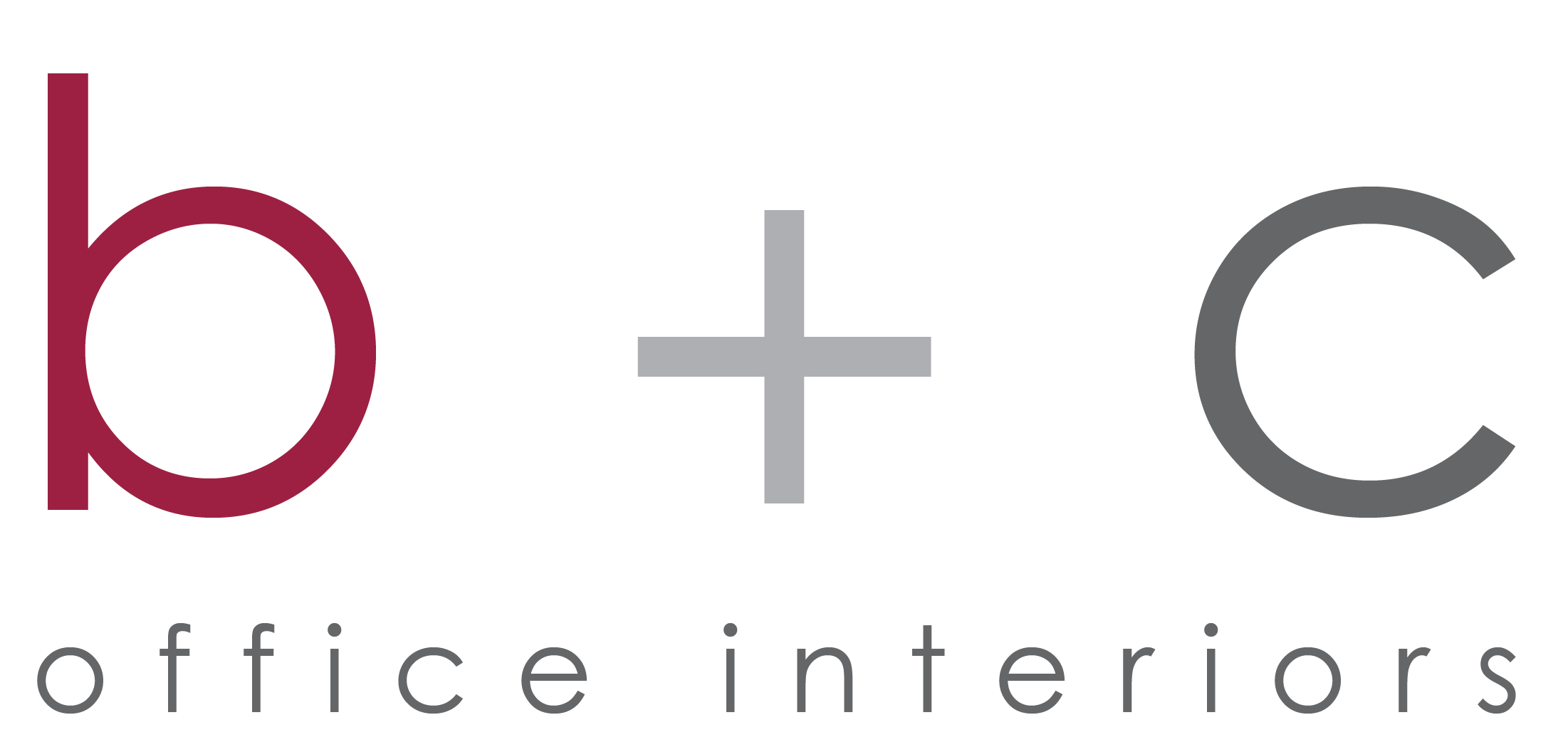"What We Learned by Bringing Employees Back to the Office"
Image from kimball.com
Originally published by Kimball Brand
Even after months of working from home this past year, research from Kuchar has shown that employees still retain a strong desire for the office, especially as it relates to providing a sense of community and belonging. They strongly appreciate human interaction over digital for team building and manager access. Before bringing employees back to the office though, it is important to assess the built environment and understand the level of readiness to support teams physically, emotionally, and mentally. Now more than ever, we have to make sure employees feel safe, healthy, and valued in their place of work.
This was extremely important as Kimball started bringing our employees back to the office. Kimball was committed to flexibility and to supporting our employees throughout this process, carefully planning a strategy to gradually repopulate the HQ Campus.
As more companies look to bring their employees back to the office, we created a detailed case study sharing the valuable steps and tips we learned in our journey to spark ideas and help guide in your planning.
Image from Kimball.com
“I enjoyed some of the perks of working from home but as time went on, I wanted to return to the office. As a marketing professional, having that ability to collaborate again has been a breath of fresh air. Overall, I feel that my creativity, productivity, stress level, and mental health have all benefitted from returning to the office.” – Chelsea O’Brien, Communications Specialist
What is the best way to prepare this new environment?
Every organization must examine their purpose and priority areas of their business, especially as they relate to their employees. Flexibility and the ability to adapt as this pandemic evolves are critical. Organizations should prepare for both the short and long-term impacts on the business and employees.
At our Kimball International headquarters, a dedicated team was created with representatives from multiple departments to plan and communicate the journey of bringing employees back to the office. Several factors were evaluated as the plans were being developed, including how and where work was done by different employees, what employee work preferences and health needs were, how to adapt to the new needs but still maintain company culture, and how to ensure resiliency for the future. Plans were structured by immediate, short-term, and long-term approaches. A big component to ensuring confidence in returning to work was building trust with employees that decisions for cleanliness and safety in both individual workspaces and common areas were made with the health and best interest of employees in mind.
Design Modifications
When evaluating our workspaces, providing lasting solutions that helped bring a sense of safety and peace of mind to employees was our top priority. As our employees return to the workplace, offering an ecosystem of thoughtfully designed and socially distanced spaces was crucial in supporting their needs. An array of spaces that incorporated cleanable surfaces, visual privacy, and enhanced acoustics also helped employees take an active role in their workplace wellness.
We reviewed the overall footprint of the building to assess if our current work areas met social distancing requirements. For those areas with a higher traffic flow, we utilized our newly designed and easy-to-install Divider Screens to retrofit existing workstations along common corridors. For the open dining and conference spaces, we reduced density by removing some seating or modifying furniture configurations. Huddle spaces in some of our neighborhoods that were not used for small meetings were also reduced to one person usage for additional privacy. Also, we added flexible products to unused space that allowed us to quickly adapt and adjust to evolving recommendations.
Image from kimball.com
Looking Ahead
In that same report from our partners at Kuchar, the top three things people want in their office space going forward are: cleanliness, safety, and social distancing put into practice, better design with different places to safely work, and their own dedicated workspaces. This means that workplace furnishings will require the utmost flexibility and adaptability to shift, grow and transform as new employee habits and workstyles become established.
In a time of unprecedented change, we have an equally momentous opportunity to shape the future of work. As a company rooted in reinvention, we are proud to have a history of facing challenges and responding with inspired solutions. We will continue to challenge ourselves to think outside the box as changes arise, and lean into this new way of working.
Read the full case study here: https://www.kimball.com/casestudy/kimball-corporate-headquarters-our-path-forward/



